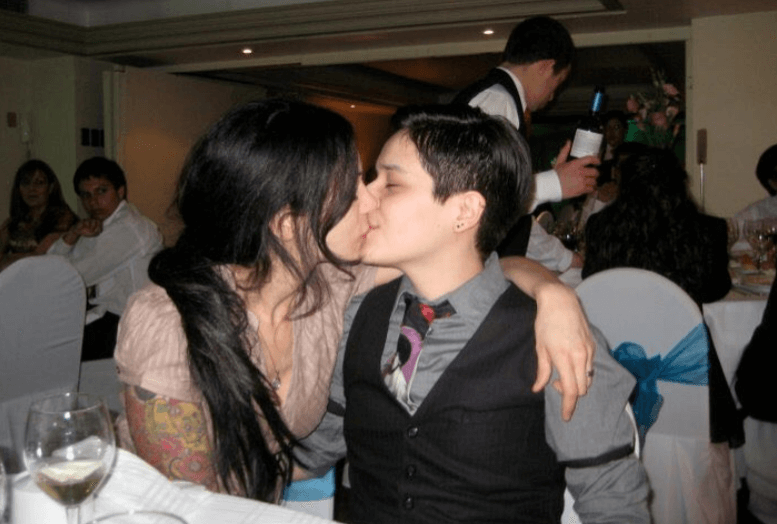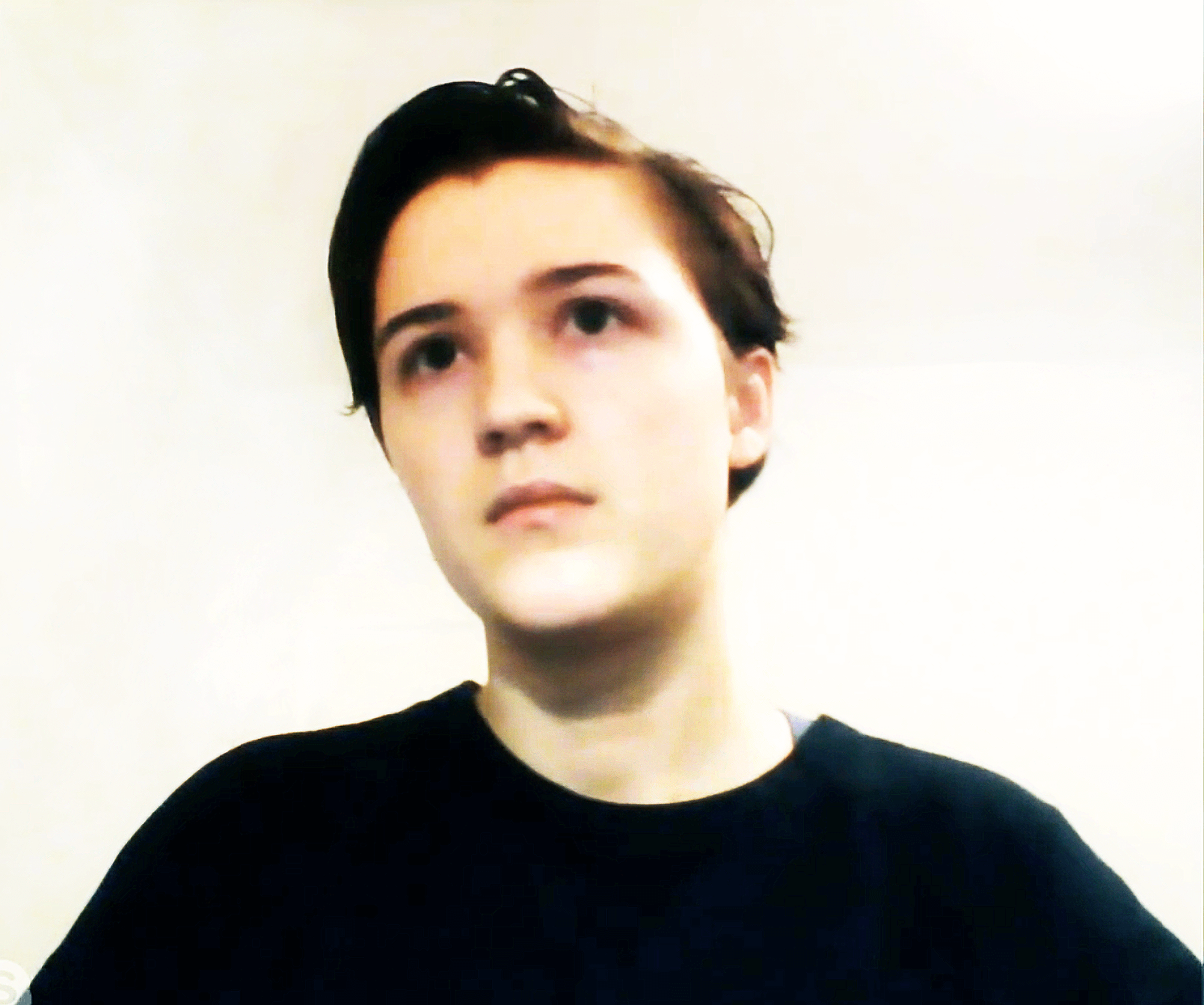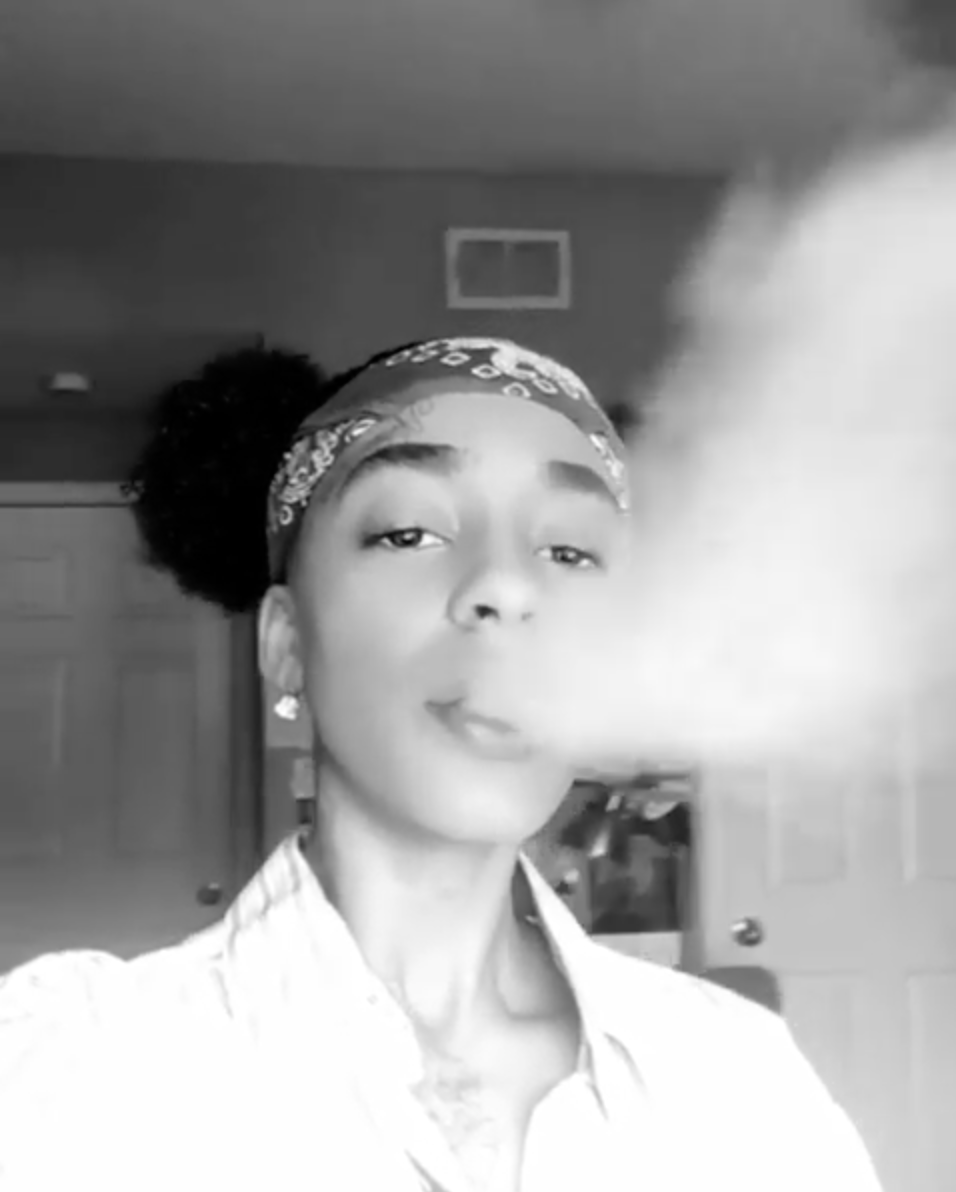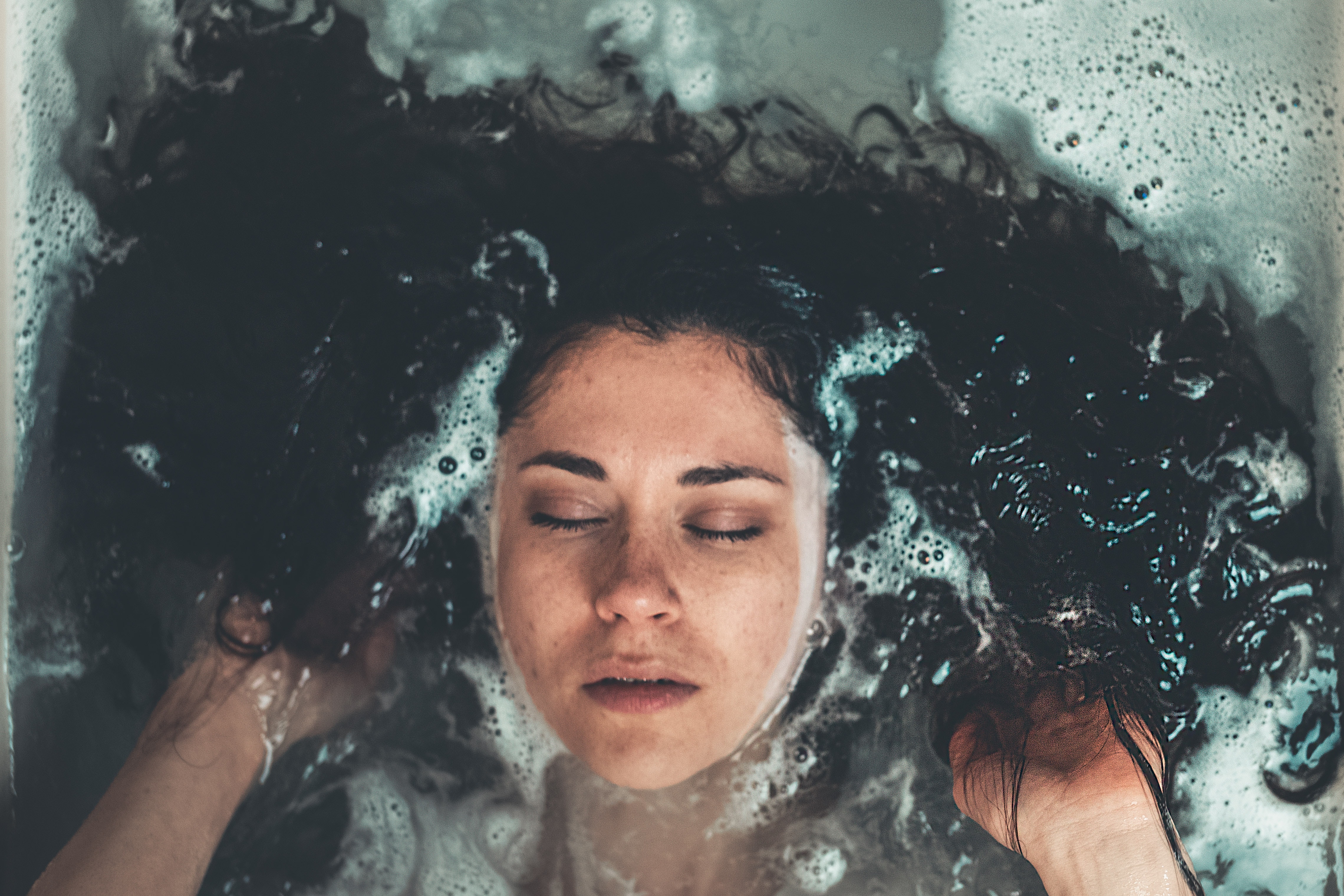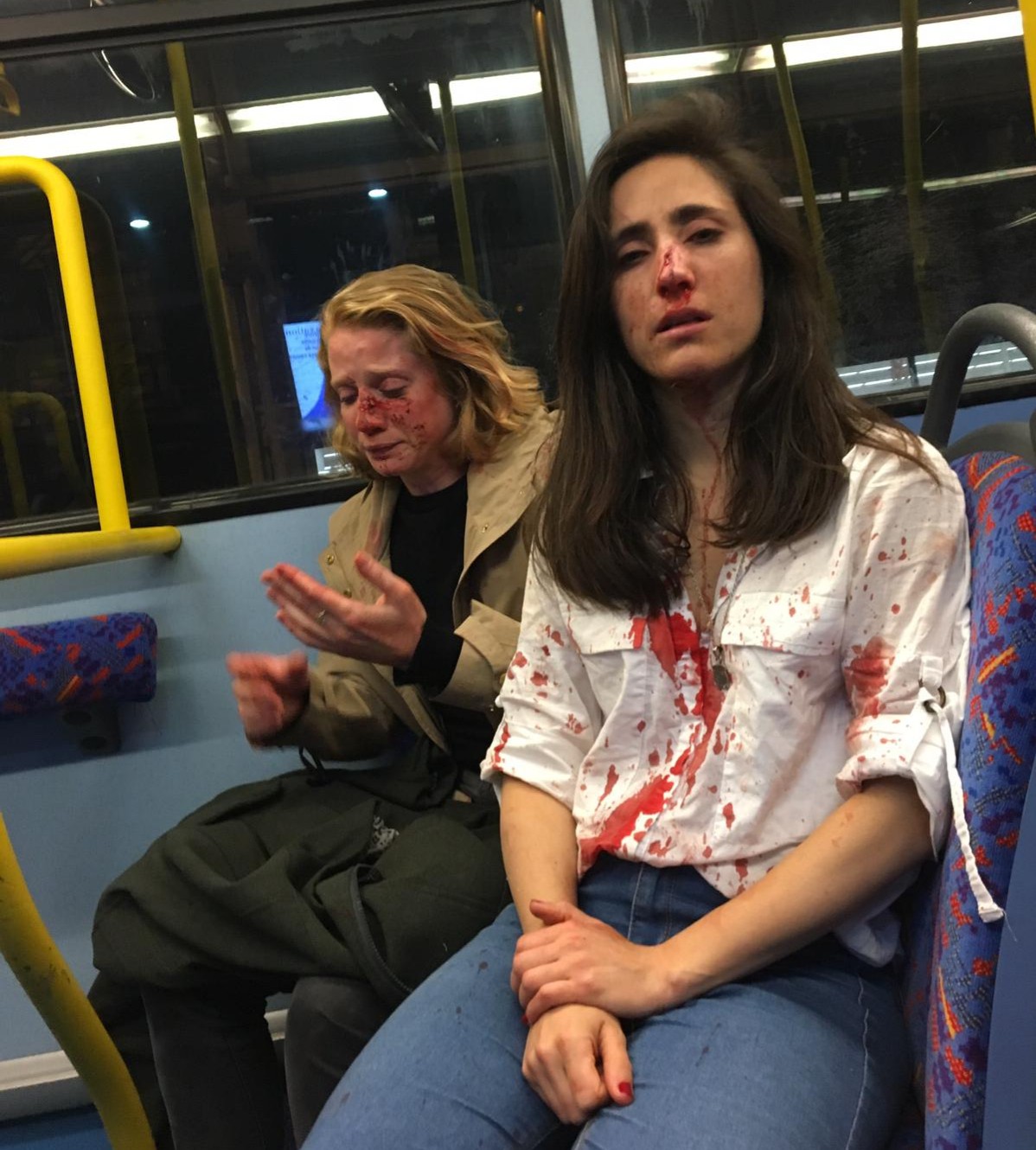In 2019, a new collective came about—The Pique Resilience Project. When one of its founders, Chiara Canaan, wanted to tell her own story, we tried to find a publication (on the left) willing to publish it (to no avail). The left mainstream media aggressively censors the voices of desisters and detrans young people. In their first video, the group explains that Chiara is the only one in the Pique Resilience Project that didn’t medically transition (desister), whereas the others did (detrans).
There was definitely a strong need for their project, since there’s so much silencing surrounding the topic. In fact, when I published an article in February, through a mainstream publication on the left, informing readers that double mastectomies are being done on 13 year-old children, there were no other writers (in the left mainstream) that had covered the topic. Just before AE came under new ownership, I wrote, “Feminists [actual feminists] on the left have been among the most vocally opposed to…things like ‘early-childhood transition.’ Why are doctors performing double mastectomies to 13 year old kids, way before they’ve ever even had a chance to reach full cognitive brain development? Lesbians, who are statistically the most underfunded and unrepresented group in the acronym, are also some of the most vocal when it comes to asking why the ‘LGBTQ’ is ignoring liberal studies where 3 in 4 of these ‘non conforming’ kids grow up to be L & G. Why they no longer protect L & G kids who don’t ‘conform.’ Why they don’t consider various religions and conservative parenting—where a gay child is considered the worst possible scenario, and abuse/shaming starts as young as with an 18 month old baby, for liking the ‘wrong’ things. Why the vast melting pot of cultures and religions is overlooked, backgrounds where it’s punishable by death to be homosexual, but getting a ‘sex-change’ is acceptable.”
Now, as an adult, Chiara Canaan, who experienced Rapid-Onset Gender Dysphoria (ROGD), feels fortunate that her mother didn’t allow her to undergo medicalization. For some parents the decision is taken from them, legally. And this week, The Times ran a series of stories where clinicians have come forward, saying they fear clinics are harming gay and lesbian kids, and that “it feels like conversion therapy for gay children.” A couple of the clinicians reported a dark joke among staff that “there would be no gay people left”.
Chiara Canaan was simply seeking to tell her story from a youth perspective and raise awareness. The difficulty in placing Chiara’s story was the catalyst, or perhaps the final straw, that lead to the launch of The Velvet Chronicle… and her piece was one of the first we featured. This is the follow-up interview to that article.
The Velvet Chronicle: Your story is so important. Your voice needed to be heard and told through a media outlet on the left… Otherwise, how far can a story that’s told on the right, actually reach the people you need to reach? What does that kind of shut out feel like?
Chiara Canaan: It’s definitely a bit frustrating that the only people who will give us a platform are generally more right-wing, since none of us are conservative. It makes it easier for left-wing people to dismiss us, and it definitely means that it’s harder to get through to the people who need to hear what we’re saying. We do have plans to get more involved politically on the Democratic side—hopefully that will prove helpful!
You’re among the first generation of kids to come out of the 2015-2018 time period, post Jenner, when a great number of kids started falling down the internet rabbit hole (PRP’s video on this). When your collective came about, there was a great sense of relief. What was the driving force behind creating The Pique Resilience Project?
We were put in contact by a mutual friend who had the idea for us to work together. We decided on a multimedia project, focused mainly on videos and podcasts, in the hope that it might be helpful for others experiencing the same things we did. What we went through was stressful and detrimental in a lot of ways, so that motivated us to create something for other struggling young people.
Being among the first to come out of that time period, you’ve given so much of yourself, in the hopes of helping others… a brave thing to do, might I add. What was the biggest push for you personally, to come forward and give young people a role model?
The way I felt when I was trans-identified is still fresh in my mind, and I remember how confusing and lonely it often seemed. If I’d had a group like PRP at that point in my life, I think I would have felt a lot less alone, and might have been able to see more options for myself. I don’t necessarily want to change anyone’s mind or how they feel, just show them that there is more than one path for them.
I prefaced your story—The Path of Desistance—with a series title “Girlhood Interrupted,” because I want people to expand their idea of “girlhood” to include those of us rocking buzz cuts, plaid shirts, and playing in the dirt with trucks and worms. Right now, for most people, “girlhood” brings to mind dollies and twirly skirts. People like us work to challenge those regressive ideas. Why is it so important that we stop passing this distorted image along, generation after generation?
The traditional gender role for women is restrictive, and many find it very uncomfortable. Additionally, not “fitting in” can fuel dysphoria and cause girls to adopt a mistaken trans identity, as I did. There is no reason to force young girls into a box; they should be allowed to be themselves and build a life without worrying about upholding an outdated role.
Do you think if lesbians had autonomy, if we actually still had publications and organizations (not just a few, and only in name), that you could’ve found your way? Were you able to find any bad-ass, unapologetically lesbian role models in the mainstream, that didn’t bend to ‘femininity’?… That were actually a true reflection of how you saw yourself?
I think it would have absolutely been helpful to see more lesbian representation and spaces. It’s unfortunate that so many of them are disappearing, and it’s very easy in this climate for GNC* women, specifically lesbians, to “be trans.” I am grateful now to be part of the push to reclaim and rebuild what we had before. It wasn’t until recently that I had the pleasure of discovering some incredibly resilient lesbian role models.
*”GNC” is shorthand for “gender non conforming,” meaning people who don’t “conform” to ‘gender’ (‘stereotypes and expectations based on sex).
I’m so glad you were finally able to find that, as a young adult. You’ve also talked about internalized homophobia. What was that like for you as you were growing up?
I don’t think I really came to terms with liking women until I was around 16. However, I remember always associating lesbians with porn, or hearing jokes made at their expense. Lesbian sexuality is often not taken seriously, so it can be difficult to identify with something like that, especially as a teenager.
Tell me about some of the response you’ve received since getting your story out there.
The response has been amazing so far, and we have been overwhelmed with positive messages from grateful parents! Most importantly, I have also had several trans or non-binary-identified young women contact us, or me personally, for help. Seeing people find value in our work is incredible, and I am so glad to be supporting those who need it.
You can find Chiara and her work at The Pique Resilience Project, the LLA, and on twitter @chiaracanaan .
جوليا ديانا — Julia Diana Robertson, is an award-winning author, and a contributor for Huffington Post and AfterEllen—A first generation Arab-American, who grew up between worlds, and currently resides somewhere in the middle with a bird’s eye view.
